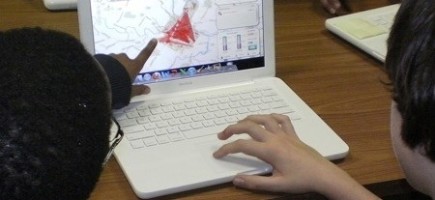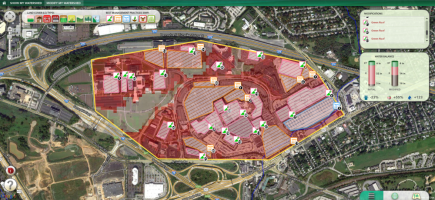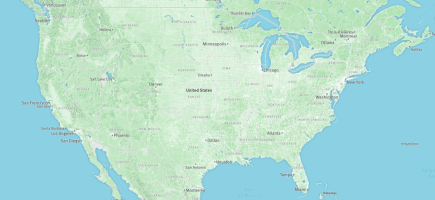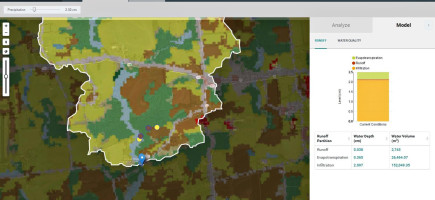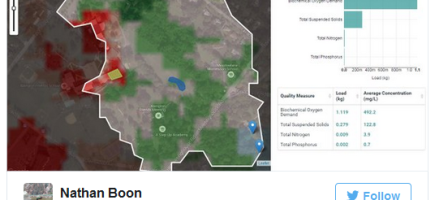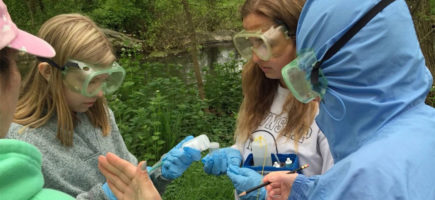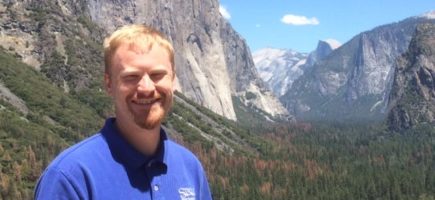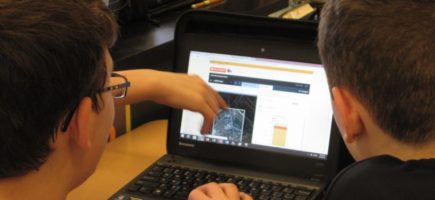The following is an excerpt from “Creating Model Stewards by Modeling Watersheds,” originally published in the 2018 Stroud Water Research Center annual report. Read the full article on stroudcenter.org.
The energy in the room is electric as fingers skitter across keyboards and eyes run marathons over laptop screens. From the edges of chrome-and-plastic school chairs, students traverse hundreds of stream miles in a few mouse clicks, chasing their schoolyard creek in southeastern Pennsylvania past George Washington’s famed crossing of the Delaware River in Trenton, New Jersey, and winding over the New York–Pennsylvania line to a headwater stream in the Catskills. Air conditioning buzzes overhead while students build cities, plant forests, install rain gardens, and try their hands at no-till agriculture. They make it rain, discover connections between land use and water quality, and model the watersheds of today for the stewardship of tomorrow.
This is Model My Watershed®, a professional-grade watershed modeling web app that enables students, citizens, and scientists alike to analyze real data and model water-quality impacts in watersheds across the lower 48 states. Stroud Water Research Center developed the tool in collaboration with LimnoTech, Penn State University, Utah State University, Drexel University, the University of Washington, Azavea (now Element 84), and Meliora Design.
“Model My Watershed puts at people’s fingertips a quick, preliminary analysis of what’s in their watershed and what human decisions and landscape features may be important for water quality,” says David Arscott, Ph.D., director of the Stroud Center and a key player in the web app’s inception in 2009. “For anyone interested in learning anything about their stream, the very first place they should go is ModelMyWatershed.org.”
Read the full article on stroudcenter.org.

